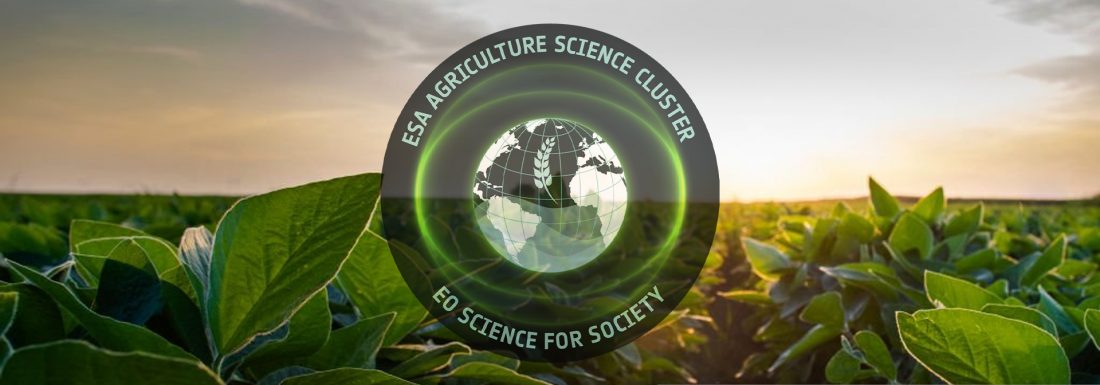The ESA Agriculture Science Cluster will launch soon to promote networking, collaborative research, and international collaboration in the domain of Earth Observation and Agriculture. It will involve several ESA-funded projects and activities bringing together different expertise, data, and resources in a synergistic manner to ensure that the result may be larger than the sum of its parts.
Challenges and policies for agriculture
Main challenges for the agricultural sector in the coming years are:
- increasing agriculture production while ensuring its nutrient content;
- improving resilience to climate change while reducing carbon emissions and environmental impacts;
- granting affordable food for everyone while ensuring a stable and sufficient income for farmers.
The European Union has played a key role in setting up global agreements addressing many of the challenges described above, such as the Paris Agreement and the 2030 Agenda for Sustainable Development with its SDGs. It has also developed its own policies, in particular the EU Green Deal and the Farm to Fork strategy.
The EU Missions for Soil Health and Food and for Climate Adaptation are important instruments to ensure research and development will contribute to implementing these policies.
Opportunities from Earth Observation and the Agriculture Science Cluster
EO has the potential to contribute to solving these challenges. Copernicus, via the free and open access to regular and frequent observations of high quality from its Sentinels, has already boosted the development of agricultural applications. Future satellite missions such as Copernicus expansion missions, Next Generation Sentinels and ESA’s Earth Explorers – FLEX in particular- together with recent and future missions of European Member States and international partners will further increase the capabilities of Earth Observation and result in new and improved agricultural applications.
Activities of the Agriculture Science Cluster will support these policies and the Missions by exploiting the Copernicus Sentinels and other EO assets, together with other data and modelling capabilities, through targeted R&D activities. They will also contribute to the EU’s Destination Earth initiative and other international collaborations in the food system domain, such as GEOGLAM.
Three new ESA projects
ESA is planning to kick off three feasibility studies in early 2023:
The studies aim at exploring and exploiting the excellent synergistic opportunities offered by the increasing European EO satellite capacity together with in situ observations, advanced models, and novel technologies. This approach will enhance EO capabilities to:
- estimate and predict key agricultural variables such as yield and crop nutrient content, and
- increase scientific understanding of crop responses to multiple stress factors such as drought and pests/disease.
Outputs of the studies will include preliminary developments and a roadmap.
These activities will contribute to preparing a Flagship Action on food systems and agriculture within the EC-ESA Joint Earth System Science Initiative.
Further information on these new projects will be posted here as soon as they have started. In the meantime please contact eo4society@esa.int for more information.
Within the framework of the Initiative, the EC has now published the Digital technologies supporting plant health early detection, territory surveillance and phytosanitary measures topic within the Innovative governance, environmental observations and digital solutions in support of the Green Deal (HORIZON-CL6-2023-GOVERNANCE-01) call, open for submissions in the period 22 Dec 2022 – 23 Mar 2023.

